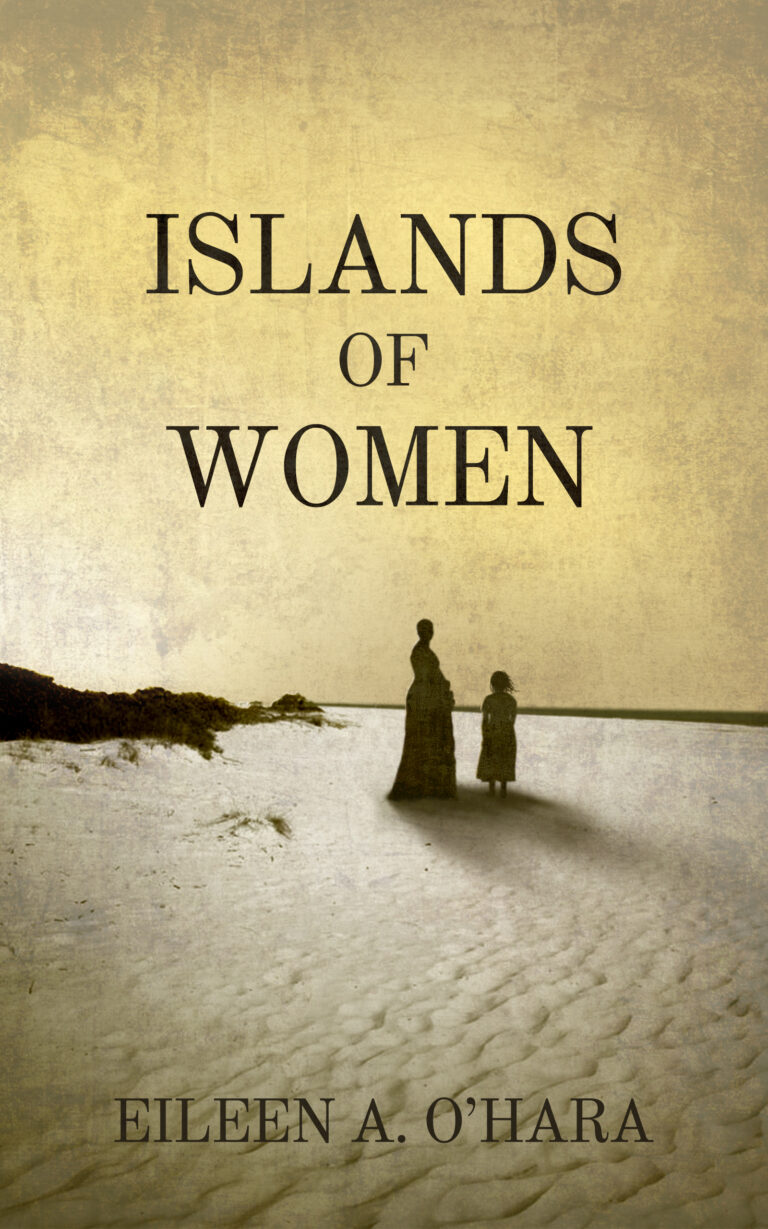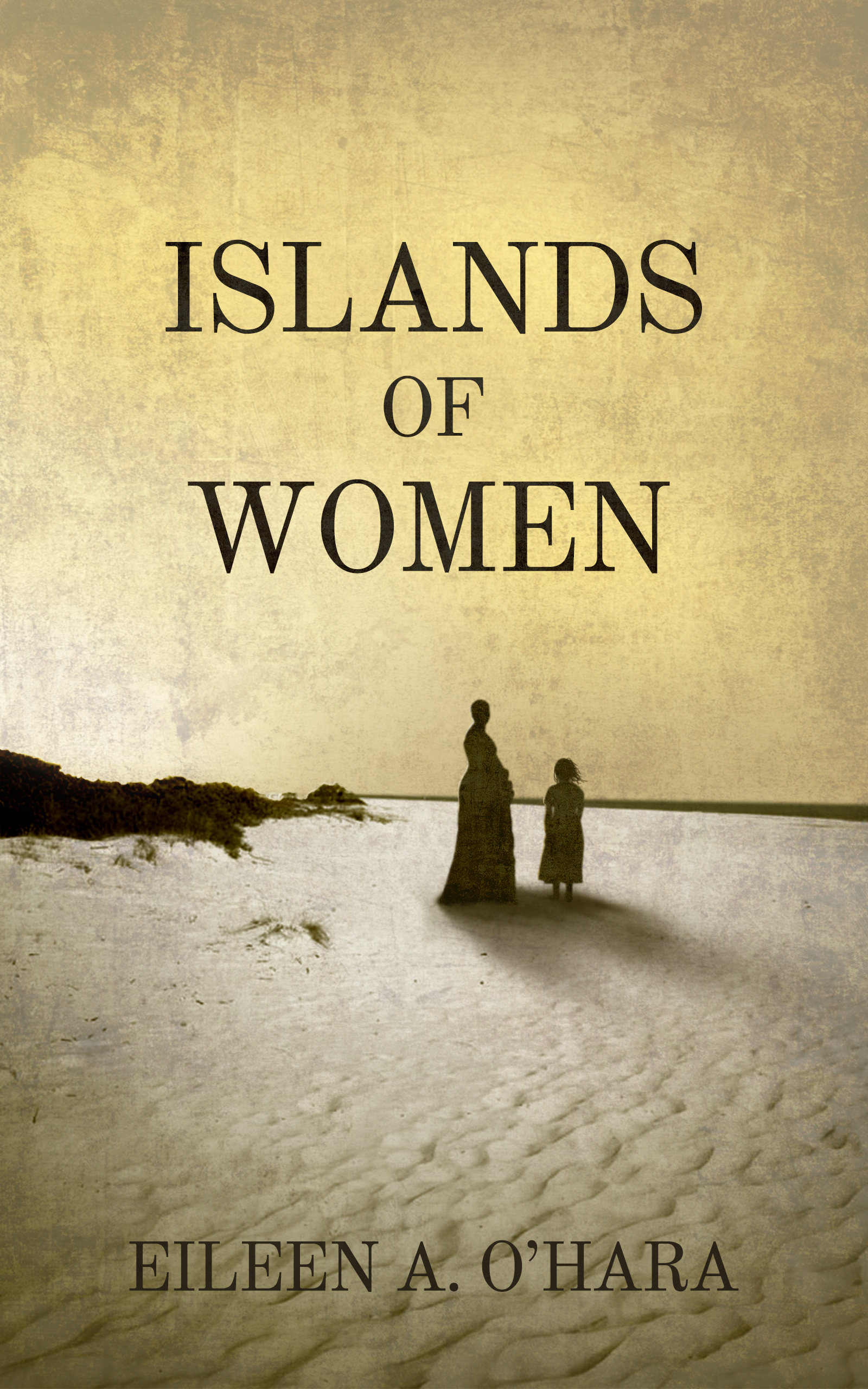Those who loved the riches-to-rags story of The Little Princess and the natural bounty of The Secret Garden will enjoy this grown-up variation on Frances Hodgson Burnett’s classic childhood morality tales. Eileen A. O’Hara’s ISLANDS OF WOMEN is both an ode to the loveliness of the early 20th-century Florida Keys shoreline habitat and a story of human innocence, fall from grace, and redemption.
The book’s charming opening sentence introduces Penelope Worth, the plucky child protagonist and beating heart of the story, on the cusp of a discovery that sets off the novel’s narrative: “Penelope Worth limped to a stop and dropped her rear onto the glistening white sandy path.”
Lively action and the introduction of sharply drawn characters quickly follow—chiefly Edna, whose nearly lifeless body Penelope discovers washed up on shore. As more characters are introduced, O’Hara deftly intermingles their troubles with historical problems of larger dimensions. The devastating 1896 Florida Keys hurricane—10 years prior to the year of this book’s story—killed 31 people and destroyed many of the red cedar trees that played a major role in the area’s economy. In ISLANDS OF WOMEN, it impoverished a widow whose family had made its fortunes in pencils made from those cedars, and it also seriously impaired the business of an accountant who had depended on railroad and turpentine industries decimated by the storm. The bitter, judgmental widow, the loyal housekeeper with whom she bickers, and a widow-turned-prostitute join Penelope and Edna as the key island women of the novel—unlikely partners in a miniature study profiling a specific time and place with universal dimensions.
O’Hara’s handiwork in exposition also shines in a scene in which Penelope describes for Edna the town and its environs as viewed from the shoreline in the girl’s rickety boat: “‘See those houses up there? That’s where Glory Bee lives.’ Many roofs sagged under the weight of rusted tin.” Later: “Overgrown vines snaked and deformed around gnarled trees and shrubs. […] Brilliant white egrets stalked the narrow shoreline. Gulls and pelicans darted and dove into the water. Tiny crabs skittered sideways along the sand.”
Unfortunately, the charm of the book edges close to saccharine in its plot and complications. The stories of the characters’ small but endearing interactions—quirky and appealing even when in conflict—too often expound into bald philosophical asides that defeat the stories’ subtleties. Obstacles are overcome too easily, and, in the end, even difficult characters (with the exception of one unambiguously bad-guy antagonist) reveal hearts of gold. Each complication is tied up a bit too tidily, including in a final, unnecessary scene involving Edna’s backstory.
Still, readers willing to put all cynicism on hold for a few hours will enjoy the people who populate O’Hara’s first novel. They’ll also appreciate the well-drawn portrait of a slice of habitat that itself will soon become history.
Quirky, irrepressible characters and imagery describing the rich environs of the Florida Keys circa 1906 offer a hopeful story of reinvention and redemption in Eileen A. O’Hara’s ISLANDS OF WOMEN.
~Anne Welsbacher for IndieReader


